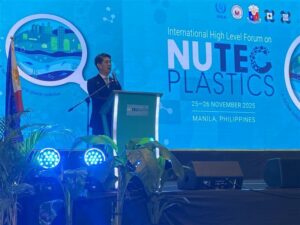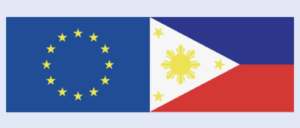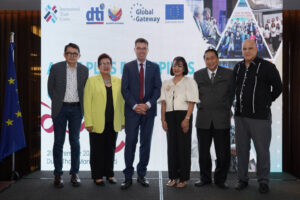The Embassy of Bangladesh in the Philippines showcased a wide array of highly accomplished and impressive creations by some of its finest artists in an Art Exhibition of Bangladeshi at the ASPACE gallery from June 27 to 30, 2017.
The exhibit was titled “Colors of Bangladesh”, reflecting the bright colors of the nature and people of Bangladesh through paintings. It was dedicated to the late Filipino artist Pacita Abad. Abad stayed over a year in Bangladesh in her early career, and held an exhibition on her Bangladesh paintings in Manila in late seventies.

The exhibition had its soft opening on the 27th evening and was led by Bangladesh Ambassador Asad Alam Siam. The event was also graced by diplomats, local officials, Bangladeshi diaspora and a cross section of the society.
The exhibition showcased thirty-five art works which included oil, water color, drawing, etching and prints. The collage of works reflected a wide range – from portrait to abstract.
Bangladesh earned its independence in 1971 from Pakistan through a liberation war. It was a culmination of decade long movement against the colonial dictatorship where Bengalis adopted art as a means and expression of their struggle and quest for a new national identity. Art therefore, is not only a creative pursuit in Bangladesh, but also a collective language of a new nation.
The establishment of Bangladesh’s first art education center in the present Bangladesh was led by their leading artist Zainul Abedin. It was an art movement but also a political and social movement. They crossed the barriers of orthodoxy, discovered the collective soul of the embryonic nation, and created a milieu of freedom. Present day artists still carry on that mantle. Therefore, Bangladeshi art is never far away from the heart of the people or land, nor confined to galleries, drawing rooms or art critics’ wisdom.
Being the largest delta of the world, Bangladesh is crisscrossed by numerous rivers. Life in Bangladesh is therefore very much integrated with rivers, monsoon or other natural traits of a deltaic flood plain. The lush green and other colors with all their tints and shades are, perhaps a constant source of inspiration to the Bangladeshi artists. The underline tone that bound these assorted works in the exhibition was abundant and huge presence of diverse colors. Subjects of many of those were rural life including rivers, boats, agricultural field, and the colorful people of Bangladesh.
There were also abstract works, which were more global in theme and technique and hugely influenced by major international trends. What was common in both genre was bold use of bright colors.
Some of the patterns and motifs used in the works were very much Bangladeshi, traditional perhaps, derived from their folk motifs. Bangladeshi artists in this exhibition found their roots in the rural folk art despite being a global artist. Rapid urbanization and resulting cosmopolitanism could not snatch that from the artists, their works in the exhibition were very much a dialogue bringing Bangladesh and the world together.
Landscapes that were exhibited surprisingly look like Filipino rural environment. Any Filipino would discover a resonance in these works, discovering that how the agriculture based rural life is no different from one another. This also shows that art can be a bridge between two people, countries and generate similar experiences.








